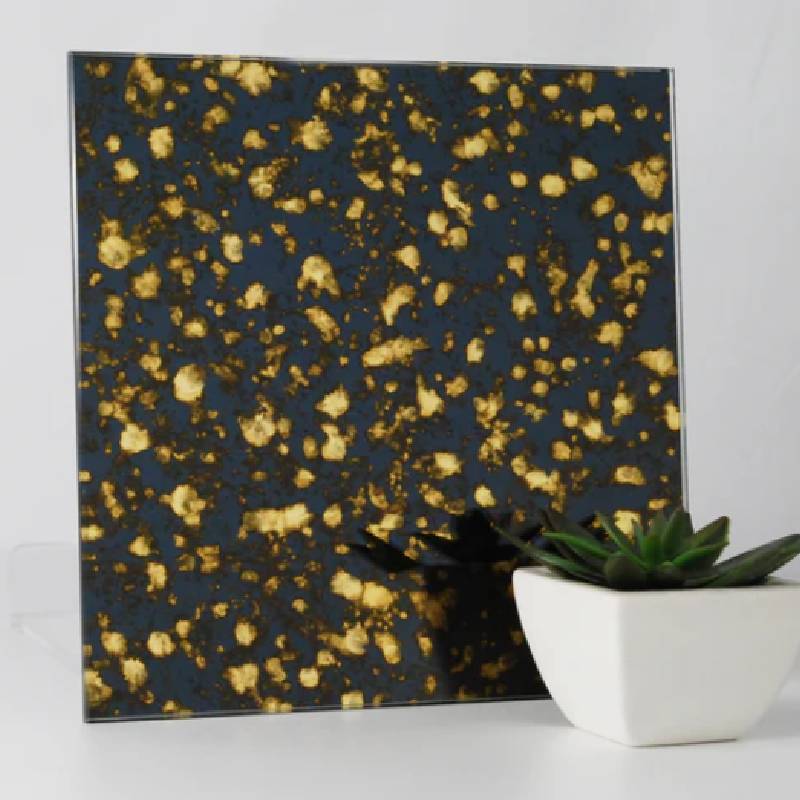The Allure of Reflective Glass Facades A Modern Architectural Marvel
In the realm of modern architecture, few design elements capture the imagination quite like reflective glass facades. As urban landscapes evolve, the use of reflective glass has become a hallmark of contemporary buildings, providing not just aesthetic appeal but also functionality. This article explores the fascinating features, benefits, and implications of employing reflective glass facades in architecture.
Aesthetic Appeal
Reflective glass facades create a captivating visual experience. The interplay of light and reflection enables buildings to change appearance throughout the day, presenting a dynamic visual narrative. During the day, the glass reflects the surrounding environment, whether it be the blue sky or nearby structures, creating a seamless integration with the locale. This not only enhances the beauty of the building but also minimizes its visual impact on the environment. As the sun sets, the reflective properties allow buildings to glimmer with vibrant hues, transforming the structure into a luminous beacon in the urban backdrop.
Environmental Integration
One of the most significant advantages of reflective glass facades is their ability to blend harmoniously with their surroundings. Instead of being an intrusive element, these facades reflect light and colors from the environment, often making them appear as if they are part of the landscape. This approach can soften the starkness of urban architecture and create a more aesthetically pleasing environment. Moreover, the capacity of reflective glass to adapt to its surroundings promotes a sense of continuity in architectural design, allowing modern buildings to coexist with historical structures.
Energy Efficiency
In addition to aesthetic and integrative qualities, reflective glass facades offer substantial benefits in terms of energy efficiency. These facades are often designed to reduce solar heat gain, utilizing special coatings that reflect sunlight rather than absorb it. This can significantly lower air conditioning costs, leading to reduced energy consumption and a smaller carbon footprint. Many reflective glass systems also provide excellent insulation properties, further contributing to the overall energy efficiency of the building.
reflective glass facade
Furthermore, the reduction in energy consumption aligns with global sustainability goals. As cities become more focused on green building practices, the adoption of reflective glass facades exemplifies a commitment to environmentally responsible architecture. LEED certification, which stands for Leadership in Energy and Environmental Design, is increasingly being awarded to buildings that incorporate such sustainable technologies, enhancing the value and marketability of these structures.
Daylight Optimization
Reflective glass facades are adept at maximizing natural light within a space while minimizing glare. The careful selection of glass types can facilitate softer, diffused light that enhances the interior ambiance, making workspaces and living areas more pleasant. Natural light has been shown to improve mood and productivity, making reflective glass facades not just an aesthetic choice, but a beneficial one as well.
Incorporating systems that intelligently manage natural light allows architects and designers to create dynamic environments that adapt to the sun's position throughout the day. This promotes not only energy savings by reducing the need for artificial lighting but also fosters a connection between the interior and the exterior, providing occupants with a sense of being in tune with nature.
Challenges and Considerations
Despite their numerous advantages, reflective glass facades are not without challenges. Concerns regarding glare and heat buildup can arise, particularly in areas with high sunlight exposure. Building designers must carefully consider the orientation of the structure and select appropriate glass types to mitigate these issues. Moreover, the maintenance of reflective surfaces can pose difficulties, requiring regular cleaning to preserve their aesthetic qualities and functional benefits.
Conclusion
Reflective glass facades have emerged as a defining feature of modern architecture, combining aesthetic appeal with functional benefits. Their ability to integrate with surrounding environments, enhance energy efficiency, and optimize natural light positions them as a favorable choice for contemporary buildings. As architects continue to explore innovative design solutions and sustainable practices, the allure of reflective glass facades will undoubtedly persist, reflecting both the vision of modern architecture and the beauty of the world around us. The future promises to be bright—as bright as the shimmering surfaces of structures that redefine our urban experience.
 Afrikaans
Afrikaans  Albanian
Albanian  Amharic
Amharic  Arabic
Arabic  Armenian
Armenian  Azerbaijani
Azerbaijani  Basque
Basque  Belarusian
Belarusian  Bengali
Bengali  Bosnian
Bosnian  Bulgarian
Bulgarian  Catalan
Catalan  Cebuano
Cebuano  Corsican
Corsican  Croatian
Croatian  Czech
Czech  Danish
Danish  Dutch
Dutch  English
English  Esperanto
Esperanto  Estonian
Estonian  Finnish
Finnish  French
French  Frisian
Frisian  Galician
Galician  Georgian
Georgian  German
German  Greek
Greek  Gujarati
Gujarati  Haitian Creole
Haitian Creole  hausa
hausa  hawaiian
hawaiian  Hebrew
Hebrew  Hindi
Hindi  Miao
Miao  Hungarian
Hungarian  Icelandic
Icelandic  igbo
igbo  Indonesian
Indonesian  irish
irish  Italian
Italian  Japanese
Japanese  Javanese
Javanese  Kannada
Kannada  kazakh
kazakh  Khmer
Khmer  Rwandese
Rwandese  Korean
Korean  Kurdish
Kurdish  Kyrgyz
Kyrgyz  Lao
Lao  Latin
Latin  Latvian
Latvian  Lithuanian
Lithuanian  Luxembourgish
Luxembourgish  Macedonian
Macedonian  Malgashi
Malgashi  Malay
Malay  Malayalam
Malayalam  Maltese
Maltese  Maori
Maori  Marathi
Marathi  Mongolian
Mongolian  Myanmar
Myanmar  Nepali
Nepali  Norwegian
Norwegian  Norwegian
Norwegian  Occitan
Occitan  Pashto
Pashto  Persian
Persian  Polish
Polish  Portuguese
Portuguese  Punjabi
Punjabi  Romanian
Romanian  Russian
Russian  Samoan
Samoan  Scottish Gaelic
Scottish Gaelic  Serbian
Serbian  Sesotho
Sesotho  Shona
Shona  Sindhi
Sindhi  Sinhala
Sinhala  Slovak
Slovak  Slovenian
Slovenian  Somali
Somali  Spanish
Spanish  Sundanese
Sundanese  Swahili
Swahili  Swedish
Swedish  Tagalog
Tagalog  Tajik
Tajik  Tamil
Tamil  Tatar
Tatar  Telugu
Telugu  Thai
Thai  Turkish
Turkish  Turkmen
Turkmen  Ukrainian
Ukrainian  Urdu
Urdu  Uighur
Uighur  Uzbek
Uzbek  Vietnamese
Vietnamese  Welsh
Welsh  Bantu
Bantu  Yiddish
Yiddish  Yoruba
Yoruba  Zulu
Zulu 

